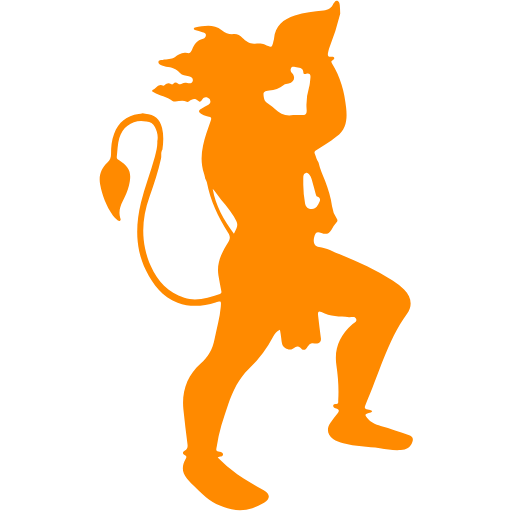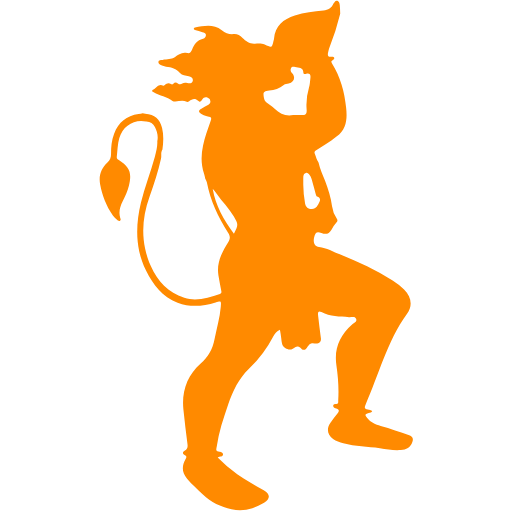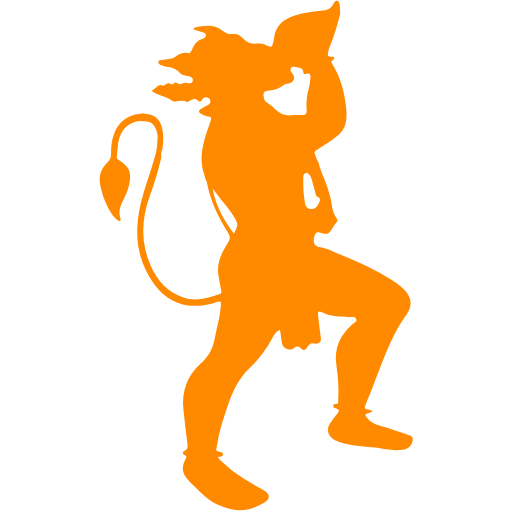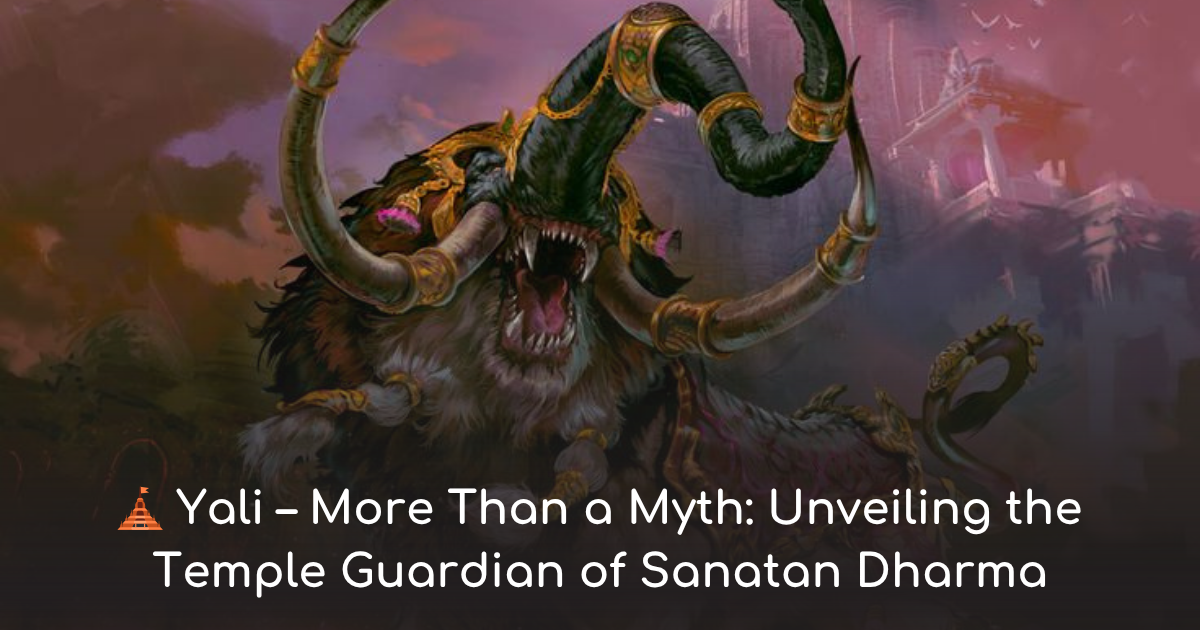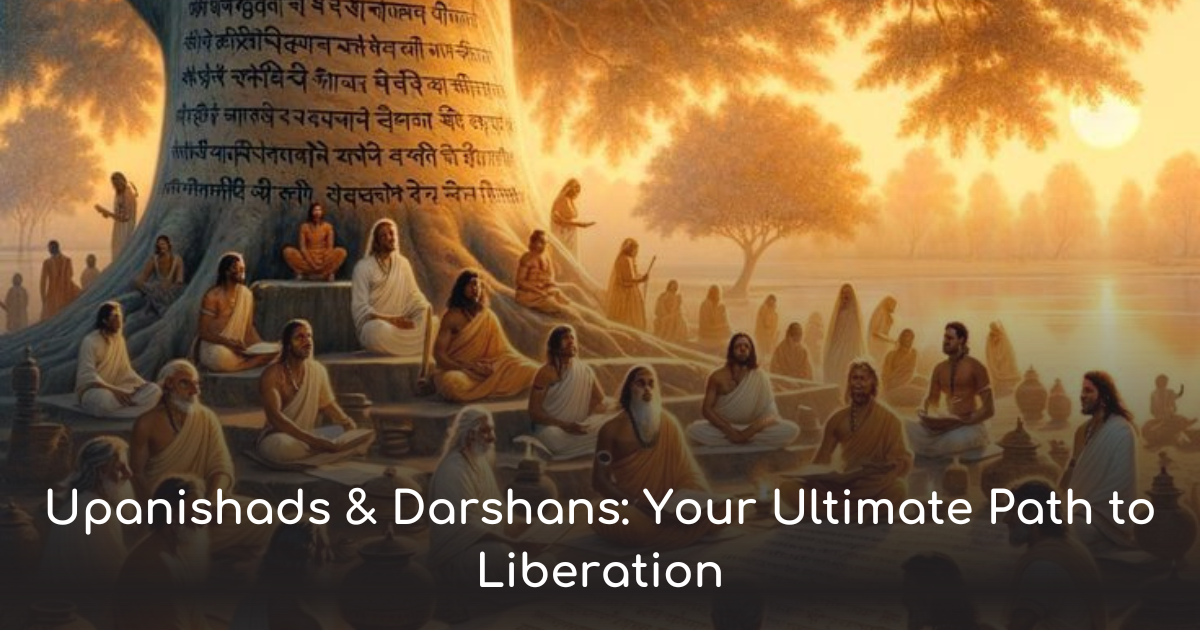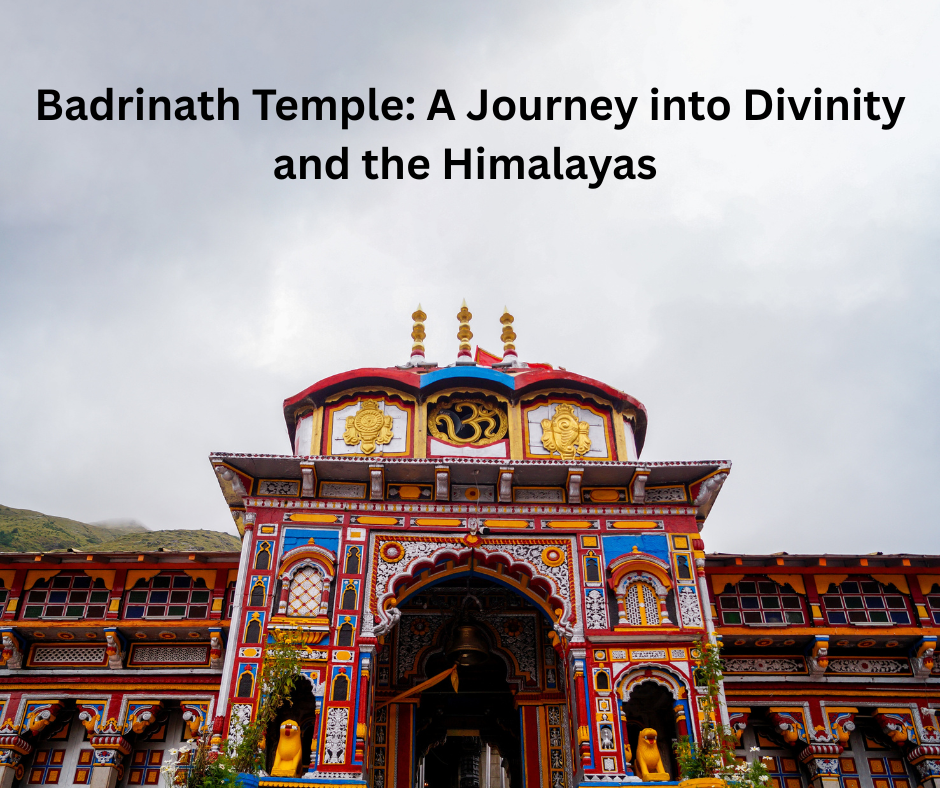om: 7 divine truths behind the sacred sound of creation

OM is the sacred sound of the universe. Discover its meaning, spiritual power, chanting benefits, and its role in yoga, meditation, and Sanatan Dharma.
🌟 OM – The Eternal Sound of the Universe
There is a sound older than time, deeper than words, and purer than silence. That sound is OM (ॐ) — the cosmic vibration that echoes through every atom, soul, and breath. It is not merely a syllable; it is the seed of existence, the essence of Sanatan Dharma, and the bridge between the self and the Supreme.
Found in the Upanishads, Vedas, and yogic texts, OM is considered the original sound from which the universe was born. It carries profound spiritual, psychological, and physical power, and is still used today in meditation, prayer, yoga, and mantra japa.
Let’s uncover the 7 divine truths about OM — what it means, where it comes from, and how chanting it can heal, elevate, and transform your life.
📜 What is OM? The Most Sacred Syllable in Sanatan Dharma
OM (also written as AUM) is called Pranava, meaning "that which is always new and fresh." It is the unstruck sound (Anahata Nada), eternally vibrating even when nothing else exists.
📖 OM in Vedas and Upanishads – Ancient Mentions
-
Mandukya Upanishad is entirely dedicated to OM and its significance in waking, dreaming, and deep sleep states.
-
Rigveda (1.164.39) hints at OM as the source of creation.
-
In the Bhagavad Gita (Chapter 8, Verse 13), Lord Krishna says:
“Om iti ekaksharam Brahma” — “OM is the one-syllable Brahman.”
OM is also the first sound in most mantras:
“Om Namah Shivaya”, “Om Namo Bhagavate Vasudevaya”, “Om Bhur Bhuvah Swaha…”
🔺 AUM Explained – The Trinity Within the Sound
The word OM has three core sounds:
-
A (अ) – Creation, Brahma, waking state
-
U (उ) – Preservation, Vishnu, dreaming state
-
M (म) – Destruction, Shiva, deep sleep state
The silence after chanting AUM represents the Turiya, or the fourth state — pure consciousness.
“OM is the symbol of all that was, is, and will be — and that which transcends time itself.”
🌌 Meaning of OM – Sound, Symbol, and Source
OM is not just heard — it is felt, seen, and realized.
🕉️ Om Symbol Meaning – The 3 Curves, Dot & Crescent
The visual form of ॐ (OM) is rich with meaning:
-
The large bottom curve = Jagrat (waking consciousness)
-
The middle curve = Swapna (dream state)
-
The upper curve = Sushupti (deep sleep)
-
The dot above = Turiya (pure awareness)
-
The crescent = Maya (illusion) that hides Turiya
This symbol acts as a map of the soul’s journey, leading from illusion to realization.
🧘♂️ AUM and the States of Consciousness
OM represents the four dimensions of being:
| Sound | State of Consciousness | Experience |
|---|---|---|
| A | Jagrat (Waking) | External reality |
| U | Swapna (Dreaming) | Inner thoughts |
| M | Sushupti (Deep Sleep) | No thoughts, no world |
| (Silence) | Turiya (Transcendental) | Pure blissful awareness |
Chanting OM helps transcend the body and mind to connect with the Atman (soul).
🔊 Power of OM – Why It Is Called the Sound of Creation
OM is believed to be the primordial sound — the vibration that started it all. Just as a seed contains the tree, OM contains the universe.
📡 Om Sound Frequency and Vibration Science
-
Scientists have measured OM’s sound vibration to resonate around 432 Hz, a frequency often aligned with natural harmonic tuning.
-
OM harmonizes the brain hemispheres and brings the mind into alpha and theta states, associated with deep relaxation and spiritual insight.
It is called the universal tuning fork — a sound that aligns you with the cosmic rhythm.
🌌 OM and Its Connection to Cosmic Energy
Chanting OM creates a vibrational field that:
-
Resonates with the Earth’s natural frequency (Schumann resonance)
-
Cleanses aura and energy fields
-
Aligns your chakras, especially the Ajna (third eye) and Sahasrara (crown)
OM is not just a sound — it’s a spiritual tool, a portal to consciousness.
🧘 Benefits of Om Chanting for Mind, Body, and Soul
Let’s explore the multi-dimensional benefits of chanting OM — physically, mentally, and spiritually.
🧠 Om for Peace of Mind and Anxiety Relief
-
Slows down racing thoughts and calms the nervous system
-
Reduces anxiety, fear, and restlessness
-
Increases emotional resilience
Regular OM chanting can help manage depression, panic attacks, and mental fog.
🌬️ Om in Yoga, Pranayama, and Chakra Activation
-
OM is chanted at the beginning and end of yoga sessions to center the breath and mind
-
Used in Pranayama to balance Ida and Pingala nadis
-
Helps activate Ajna chakra (intuition) and Sahasrara chakra (bliss state)
It’s the spiritual switch that awakens your inner self.
👉 In the next section, we’ll explore:
-
🙏 How to chant OM correctly (posture, breath, repetitions)
-
🧪 Scientific studies on OM’s effect on the brain and body
-
🌍 OM in Hinduism, Buddhism, and other global paths
-
✨ Why OM belongs in your daily life — for students, seekers, and healers
-
❓ FAQs and real-life insights from OM chanters
🙏 Chanting Om Mantra – How to Practice the Right Way
Chanting OM is simple, yet profound. It doesn't need incense, rituals, or elaborate settings. Just your breath, attention, and heart.
🧘♂️ Om Chanting Technique – Posture, Breath & Focus
Here’s how to chant OM for maximum spiritual benefit:
-
Sit in Padmasana or Sukhasana (cross-legged posture), spine straight
-
Close your eyes, relax your shoulders
-
Take a deep breath and exhale fully
-
Inhale, and chant slowly:
-
"Aaaa…" (feel it in your chest)
-
"Uuuu…" (feel it rise to your throat)
-
"Mmmm…" (vibrate at the crown or head)
-
Followed by silence
-
Let the vibration fill your being and dissolve into stillness.
⏰ Best Time, Repetitions, and Spiritual Intention
-
Best Time: Early morning (Brahma Muhurta) or evening
-
Ideal Repetitions: 3, 11, 27, or 108 times
-
Intent: Set a sankalp (intention) for healing, clarity, or peace
🪔 Bonus Tip: Use a Rudraksha mala and chant in front of a Shivling, Sunlight, or AUM symbol for deeper energy alignment.
🧠 Science Behind Om – Brain, Breath, and Healing
OM is not only spiritually powerful — it has scientific and neurological effects on the body and brain.
🧪 Om Meditation Benefits According to Research
-
A 2011 study (published in International Journal of Yoga) found that OM chanting deactivates the amygdala, reducing fear and emotional stress.
-
MRI scans show OM creates a unique vibratory pattern in the brain’s limbic system, promoting mental calmness.
OM chanting also:
-
Balances the left and right brain
-
Enhances focus, memory, and sleep
-
Reduces cortisol levels (stress hormone)
❤️ OM and the Nervous System, Heart Rate, and Hormonal Balance
-
Synchronizes heartbeat and breath rhythm
-
Triggers the parasympathetic nervous system, inducing relaxation
-
Supports hormonal balance via pituitary stimulation
Modern medicine is slowly beginning to understand what ancient Rishis knew:
Sound is healing. OM is divine sound.
🛕 Om in Hinduism, Buddhism, and Global Spiritual Traditions
OM is not limited to one faith — it’s a universal spiritual tool used across Sanatan Dharma, Buddhism, Jainism, and even New Age healing systems.
🕉️ Om in Sanatan Dharma – Mantras, Temples, and Rituals
-
OM is prefixed to all major mantras:
-
Om Namah Shivaya
-
Om Namo Bhagavate Vasudevaya
-
Om Aim Hreem Kleem Chamundaye Namah
-
-
Temples chant OM during aarti, havan, sankirtan, and Upanishadic study
-
Even yajnas and pujas begin with OM to align energy with divine will
🕊️ Om in Jainism, Buddhism, Sikhism & New Age Spirituality
-
Buddhists chant “Om Mani Padme Hum” for compassion and enlightenment
-
Jains use OM in Namokar Mantra
-
Sikhism refers to "Ik Onkar" — One OM Creator
-
Reiki healers and yogic therapists use OM in energy balancing
OM unites hearts and seekers across paths and religions.
🌟 Why You Should Make Om Part of Your Daily Life
You don’t have to become a monk to benefit from OM. Whether you're a student, working professional, homemaker, or healer — OM can uplift you.
👪 Om for Students, Professionals, Healers, and Seekers
-
Students: Improves memory, calm, and exam performance
-
Professionals: Enhances decision-making, reduces burnout
-
Healers/Therapists: Purifies energy before/after client work
-
Spiritual Seekers: Deepens meditation and intuitive clarity
Just 3 OMs every morning can change your vibration and mindset for the day.
🧘 Real-Life Testimonials and Sadhana Insights
✅ “I chant OM 11 times before meetings — it grounds me instantly.”
✅ “OM cured my anxiety better than years of therapy.”
✅ “We chant OM as a family before dinner — it feels sacred and peaceful.”
You don’t need to understand OM to feel it. Just chant, and let the divine sound do its work.
🙌 Conclusion – OM: One Sound, Infinite Wisdom
OM is the alpha and omega of spiritual life. It begins the Vedas and ends your restlessness. It’s the sound of God, the shape of consciousness, and the doorway to moksha.
In a noisy, anxious, and overstimulated world, OM is the anchor of silence and truth.
“Chant OM not to escape the world, but to understand it from within.”
Whether you seek peace, focus, healing, or realization — OM is your first step.
🌟 Want to experience spiritual alignment, inner peace, and divine awareness?
🕯️ Start your day with just 3 chants of OM and watch your energy shift.
📖 Explore more ancient wisdom at SanatanYug.com – your guide to Sanatan truth.
❓ FAQs – OM in Spiritual Life
1. What is the meaning of OM?
OM represents the Supreme Consciousness and the trinity of creation (AUM) — Brahma, Vishnu, and Shiva.
2. Can anyone chant OM?
Yes. OM is universal and can be chanted by anyone seeking clarity, peace, or spiritual awakening.
3. How many times should I chant OM?
Begin with 3, 11, or 21 times daily. Advanced practitioners chant 108 times using a mala.
4. Is there a difference between AUM and OM?
Not really. AUM reflects the complete pronunciation, while OM is the simplified written form.
5. What’s the best time to chant OM?
Early morning (Brahma Muhurta) or before yoga, meditation, or sleep.
6. Can OM help with anxiety and sleep?
Yes. It activates the parasympathetic system, lowers stress, and improves sleep quality.
7. Do I need to know Sanskrit to chant OM?
Not at all. Just chant with sincerity and a quiet mind — the vibration will work naturally.
8. What is OM’s connection with God?
OM is the sound form of Brahman — the unmanifest Supreme Consciousness. Chanting OM aligns you to that source.
9. Can I play OM recordings at home?
Yes! OM chanting music purifies home energy, reduces conflicts, and creates a sattvic atmosphere.
10. Is it okay to chant OM during menstruation or illness?
Yes. OM is healing and sattvic — there are no restrictions for sincere chanting.

